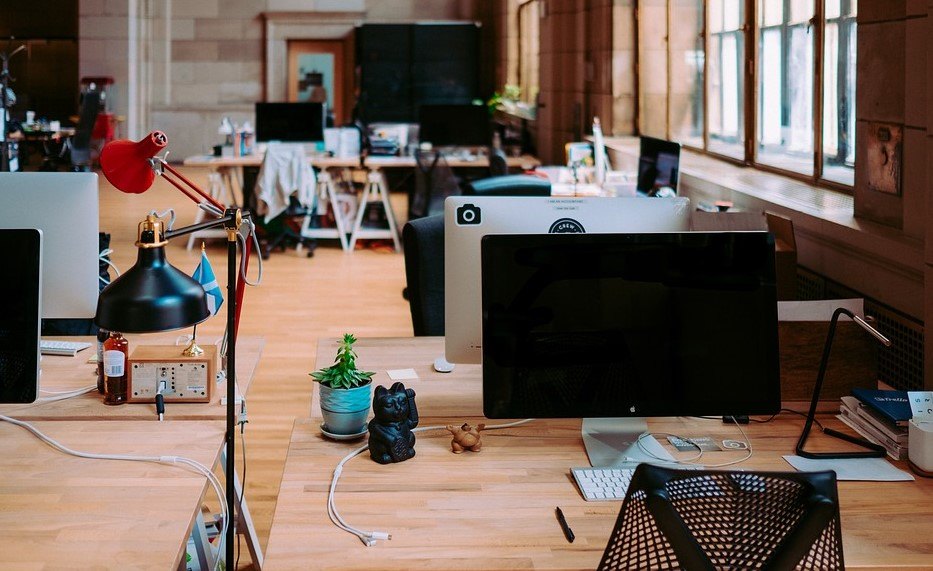
A second monitor that's not detected by your computer can be very disappointing. You won't be able to use your second monitor and multitask, and of course, a faulty monitor can be due to broken graphics cards or a problem with your computer.
Take an unresponsive monitor as a sign of a worse problem and act fast. And there's hope for a 2nd monitor detected but not displaying, let's figure out how to deal with this problem and get your second monitor up and running.
2nd Monitor Detected But Not Displaying - How to Resolve This Issue
One of the most common problems when working with multiple monitor setups is a 2nd monitor detected but not displaying. Using a second monitor or multiple monitors is one of the most convenient ways to work with multiple applications. You can play games, edit videos, and work on different screens at a time. But the problem starts when one of your monitors start to falter. So how do you fix a second monitor not displaying issue or when your computer turns on but no signal to monitor is detected? If you're on Windows 10, how do you deal with a second monitor not displaying Windows 10? Here are some handy tips for you.
The First Steps
Usually, monitor problems happen the least you expect it. You might be in the middle of work, programming, or designing an app when the monitor you're working from shuts down. You might be completely engrossed in a game when suddenly, your monitor dies, leaving you stunned and worried. Still, another scenario is when you just can't power on your second monitor, and you desperately need to get to work.
So before panicking, assess the situation and perform a basic check. You may also check our monitors reviews to get to know the best computer monitors in the market today.
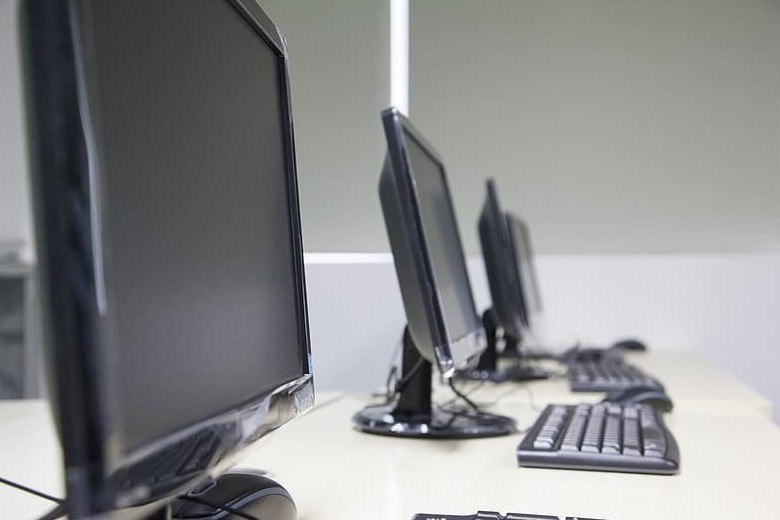
1. Is This the First Use?
Have you had the same issue before? Is this a recurring issue with the particular monitor, or have you experienced this in your other monitors? Also, has this happened with other people as well?
If this is the first time that it happened, then it could be an issue with the monitor, the cables, or connectors, or it may be problems with the graphics card. If this has happened before, then review the steps you have used to fix your monitor in the past. Perform these troubleshooting steps and see if it works. If the problem persists, then there may be a problem with the monitor, cable, or system.
If this is a recurring problem in your office or company, consider calling tech support to assist you. If this happens mostly at home, then consult an IT or a computer expert to check your system and possibly your home's electrical wiring.
2. Restart Your Computer
Most problems concerning an old PC or laptop may be resolved by restarting your PC. With one working monitor, close all open programs, applications, and documents. Sign out of your profile and do a restart. Sometimes an old computer has to update first so don't hurry. Wait for the updates to finish before you log in.
For an update, do not power off your laptop or PC. Also, your internet connection should be stable (don't let anyone turn off the modem). Once the update is installed, your system will allow you to log in. Once you're in, check if your system recognizes the second monitor.
3. Test With An Alternative Configuration
If your computer still does not recognize the second monitor, use a different configuration. Use a different monitor cable and check. Sometimes, there may be problems with the pins found at the cable connector, or this may be a problem regarding a bad cable (old, worn out, or pest-bitten cable). If this does not work, try another monitor.
If you have an extra monitor in your office or home office, connect this to your system using a working monitor cable. If there are multiple ports at the back of the monitor (VGA, HDMI, or component cables), you may try any of these ports and check which one works.
4. Are the Graphics/Monitor Drivers Updated?
Old PCs and systems may have outdated graphics or monitor drivers. Sometimes, updated the graphics and drivers may help your system recognize the second monitor. Usually, an older monitor starts to falter before the newer ones. When this happens, it may be a sign that your graphics card is acting up.
If you are certain that the graphics and monitor drivers are your problem, then ask a professional to help you out. Have your system checked right away.
5. Checked for Any Viruses
There are times when a second monitor is detected but not display; this could be due to a recent virus attack. A CNET poll discusses the possible threats of computer viruses that target the PC monitor. There is a possibility that there are viruses out there that can affect your computer monitor. The best way to deal with this issue is to do a quick scan or a system scan. A system scan takes longer but is convenient and will check for all other issues. You can schedule regular PC checks and system scans from your system.
7 Steps to Fix 2nd Monitor Detected But Not Displaying Problem
A second monitor may not be a requirement to use a PC, but it is a great idea if you want to multitask. With two monitors, you don't need to press Alt+Tab to move from one program to another. You will have a full screen dedicated to your primary application, while the extra screen can be used for just about anything. And when the second monitor is having issues, remember the following simple steps.
Step 1: Change the Dual Monitor's Display Settings
In cases when your Windows 10 PC is unresponsive and still cannot detect a second monitor, you may need to force the second monitor or display to appear using second display detection. This is done from the Settings tab of your system.
Open Settings and then click System. Click Display and move to the section that says, "Rearrange your displays." Click the button that says "Detect" which is commonly found in the bottom right-hand corner.
After doing these, your Windows 10 system should be able to detect your second screen. When it has detected it, you can set it up from the Display on the Settings tab.
Step 2: Check and Test the Hardware
If manually encouraging your system to detect your second monitor still does not do it, remove the ailing monitor, and test it. If you have another PC, attach the monitor and check if it works, use the same cable you used to install it on your PC. If the monitor doesn't work, use another cable. If this does not work still, consider using a new power cord. Test the hardware in another PC and do the same thing.
If the monitor works or if it's detected by the PC, install it as a secondary monitor. If the monitor works, then you can isolate the problem, which may be due to an ailing or outdated graphics driver.
And if the problematic second monitor is connected wirelessly to your PC, try to reboot your Bluetooth or connect the monitor using cables instead of using a wireless connection.
Step 3: Reinstall or Update Graphics Driver
From Windows 10, a corrupted part or an outdated version of your graphics driver may cause the system to overlook a second monitor. To correct this, you must update the graphics driver. If you already have the latest graphics driver version, reinstalling this may help. If all else fails, downgrade to a much older version so you can fix the connection of your computer with an older monitor.
From the Device Manager, choose the top result to start the app. Expand by double-clicking the Display Adapters. From here, right-click and select the Update Driver. A dialog box will open and will ask you, "How do you want to search for drivers?" choose Search automatically for updated driver software.
Step 4: Update Graphics Driver With Manufacturer Control Panel
You can update a graphics driver from the manufacturer's control panel as well. Graphics driver brands like Intel (Intel Driver & Support Assistant), NVIDIA (INVIDIA GeForce Experience), and AMD (AMD Radeon Software Adrenalin Edition). Choose the brand of y our graphics driver and simply follow the instructions as you go.
If you're unsure about the brand of your graphics card, click System Information from the Start menu. Click the top result and double click to expand Components found at the left pane. Choose the Display category, and afterward, you may now readily see the Adapter Type and the Driver Version.
Step 5: Perform System Restore
Open Start and search for "Create a restore point" and choose the top result. Open System Properties and click System Restore. Click the Next and choose the restore point which you want to use. Clicking System Restore will change your PC settings according to its last known good configuration of your system.
But before you use Restore Point, you must first enable it so Windows 10 will create your system's restore points. You can enable it from the Create a restore point in the System Restore feature of your computer. Also, this is only accessible from system drives or the computer with an installed OS.
Step 6: Update your Windows/Mac Operating System
You may also update Windows or your Mac system to force the second monitor to work. In Windows 10, you can choose when or how to get updates. To check for any updates right away, go to Settings, move to Update & Security, and Windows Update.
From this section, click the search for updates. Your system will begin to check for any updates—schedule updates from this page as well. With scheduled updates, your system will notify you if you need to restart to update.
Step 7: Scan Computer For Viruses After Update
Right after the update, use Windows Security from the Start menu to launch the scan. Click the "Virus & threat protection" and then click on "Quick scan." This scan may take a while, so don't power off your computer. Just wait for this to complete before doing anything.
Scanning your computer for viruses may be done automatically as well. Schedule a scan using the Windows Defender Antivirus, look for Schedule tasks. From the left side, expand the Task Scheduler Library, Microsoft, Windows finally, scroll down to choose Windows Defender. From the top, double-click the Windows Defender Scheduled Scan to schedule an automatic scan.
Step 8: If Nothing Helps, Reinstall your Windows/Mac Operating System
If the second monitor is not displaying a problem persists, despite testing the hardware, updating drivers, and using System Restore and performing Windows 10 updates, you may need to reinstall your operating system. This is the last resort if all else fails, so try everything first.
Reinstalling Windows 10 will solve most of the problems you have with your computer. This will also help you create a fresh Windows 10 copy, which is minus all the old files and apps. Before you start, check your disk space and free some space. See if this helps first before you reinstall Windows 10 or your Mac OS.
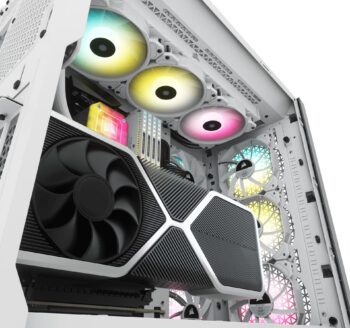
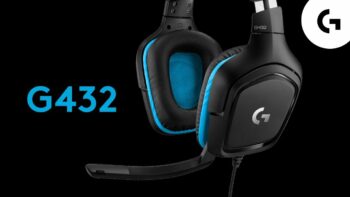
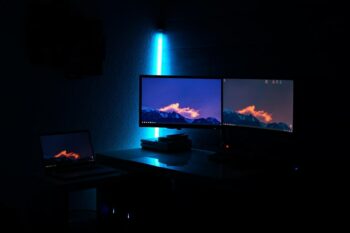

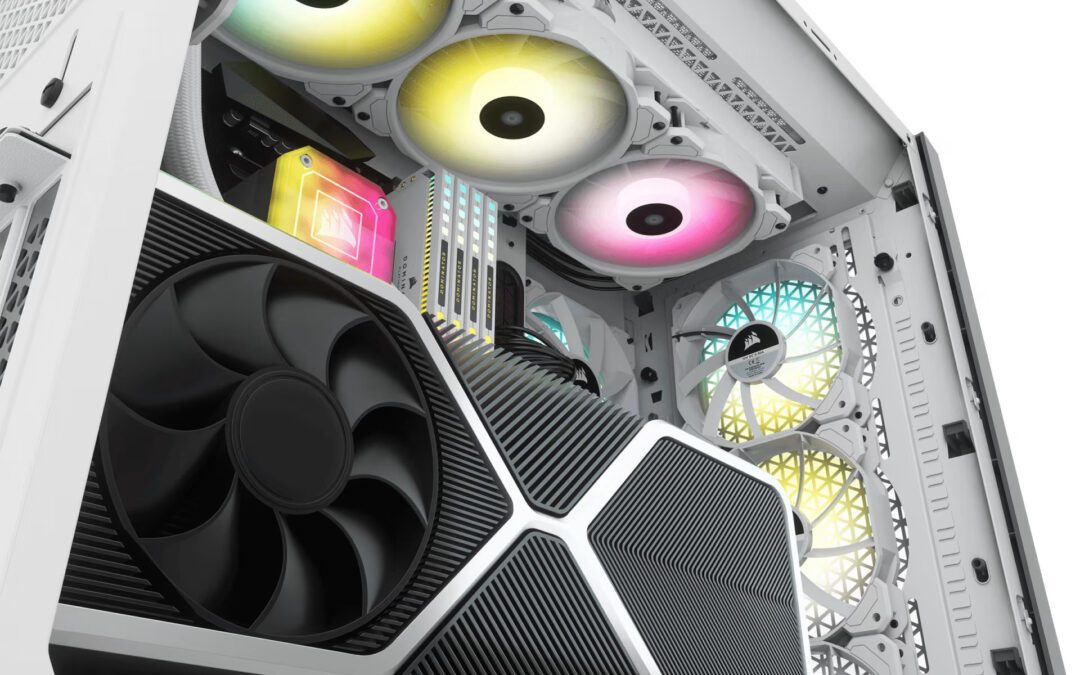
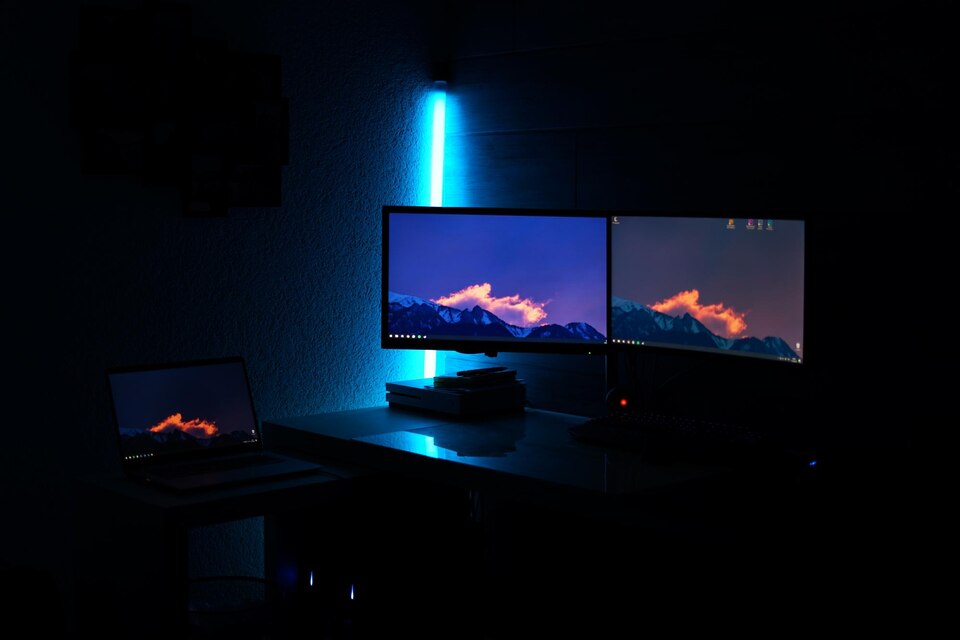
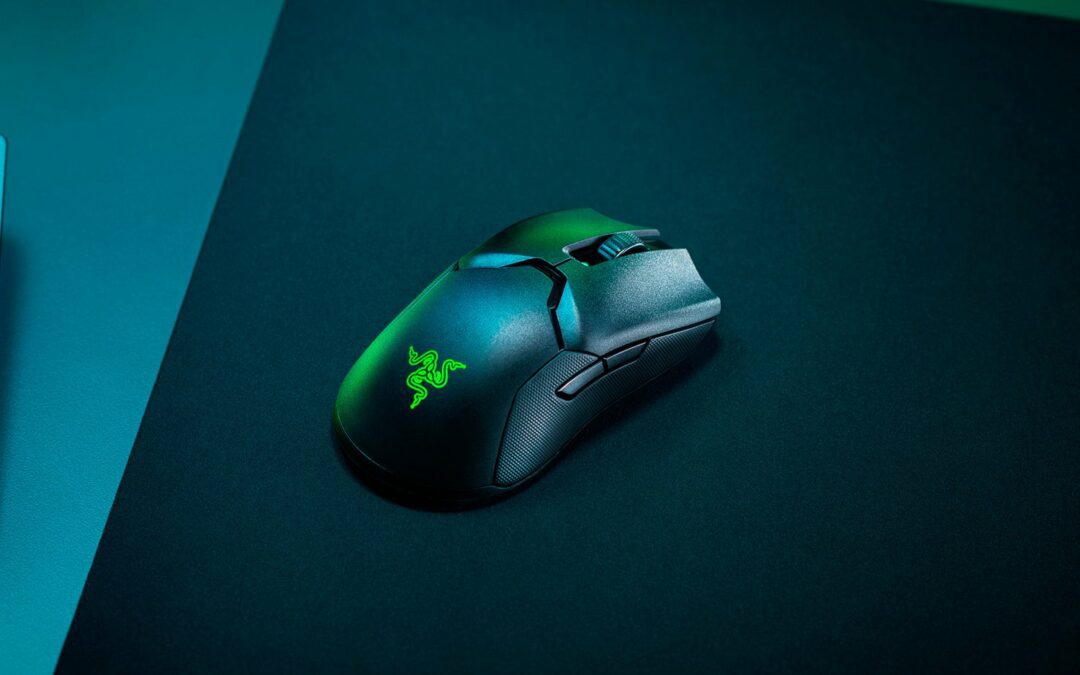
Windows 11 and Nvidea are a huge joke and an insult to my intelligence!